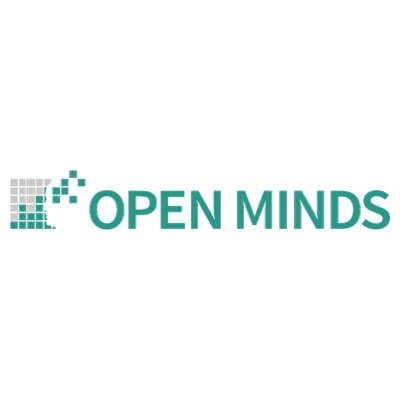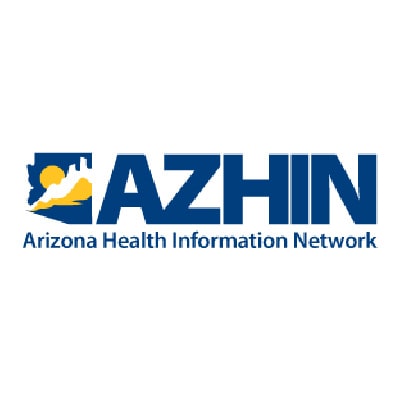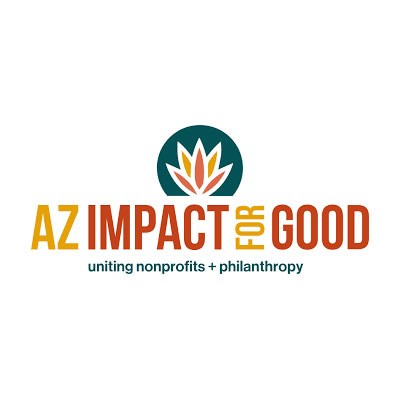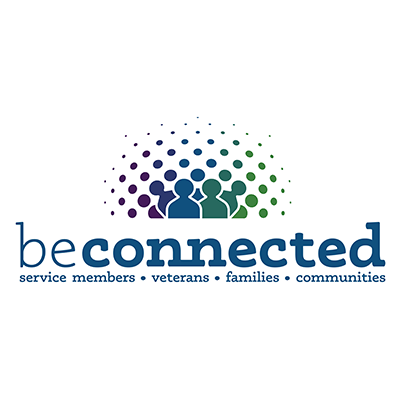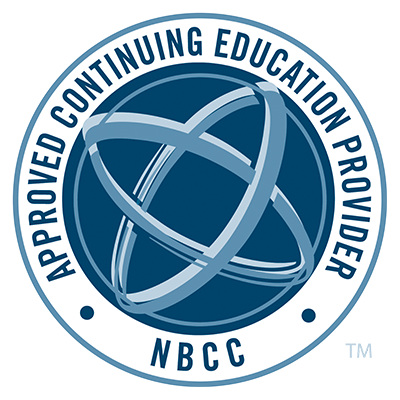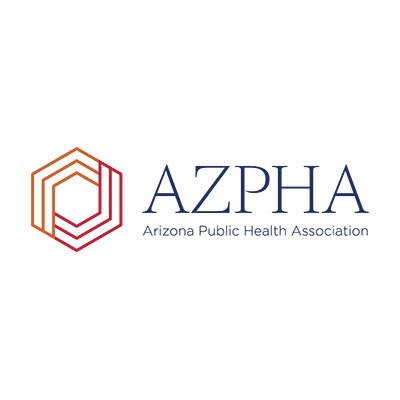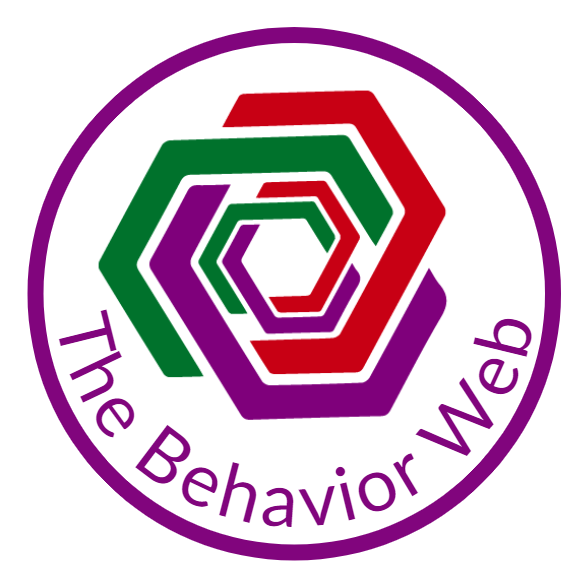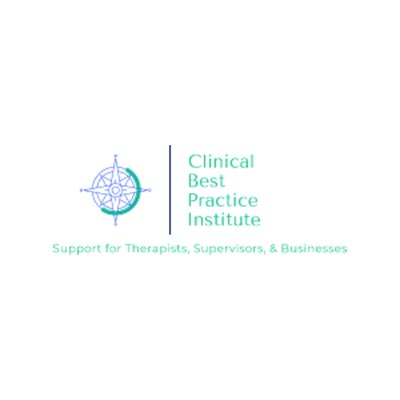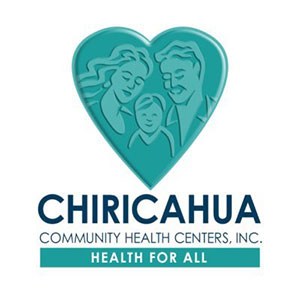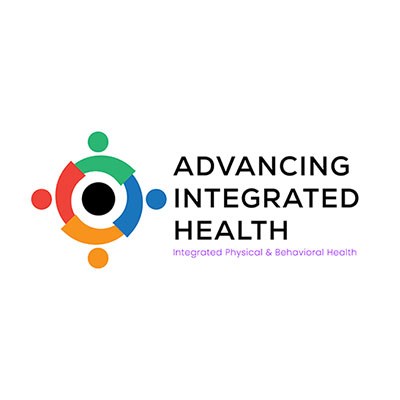June 12, 2019
By Dr. Cara English, DBH, CEO & Director of the DBH Program, Cummings Graduate Institute for Behavioral Health Studies
Believe it or not, recent research (Howarth; IFIC Canada, 2019) has put forth an equation for optimizing integrated care systems.
What’s the secret sauce?
Us.
Well, us as community members, and our neighbors. As it turns out, successful integrated care models begin with mobilization at the community level. Healthcare research publications have pointed to this data for at least the past two decades, and yet, we see little uptake in our systems of care. In fact, research points to the scant evidence of “patient-centrality” despite all the buzz words and policy rhetoric promoting this practice. I’ve heard healthcare executives say, “Oh, we do focus groups with community members.” That’s not what successful integrated models ‘do,’ though. In successful models, the community IS the leadership team, the design team, the delivery team, and the evaluation team. When communities are mobilized at scale across the system of care, the system is naturally designed around the needs of the community and is inherently created to fill those needs effectively and efficiently.
As Jodeme Goldhar of The Change Foundation (Ontario) recently said, “…we cannot advance any change in healthcare without being connected with the people who experience it. Patients and caregivers have the answers.”
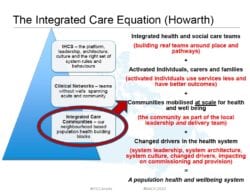
Image courtesy IFIC Canada (2019).
Note in the model above, that we are making a mistake by trying to begin (as many systems do) with integrated clinical operations. Other systems have attempted to begin by integrating the platform, system architecture, or leadership culture. What is clear from these early, top-down attempts at integration is that without the activation of the community members we aim to serve, all of the academic, education, training, leadership directives, and financially-driven incentives will ultimately not change the system’s trajectory. Our big, thinky thoughts as professionals leave out our heart, soul, and lived experience as healthcare consumers and as caregivers to those we love.
It isn’t always easy to engage American patients and caregivers in this way, is it? It sure hasn’t been for me as a clinician and leader! As a patient or caregiver, it has been even more difficult, demoralizing, and depressing than feeling as I often do as a clinician that I’m fighting an uphill, no-win battle. If we truly wish to make a change in American healthcare, and I don’t know a single person in America who is satisfied with our healthcare delivery system right now, then we need to start, as Georgina Black of KPMG, Canada, said, “activating citizens, consumers, and caregivers to play a meaningful role in the design of health and social care so that it works for them.”
If you’re just dipping your toe into the concept of community engagement, I recommend reading (and following) the research of Jodeme Goldhar and Stacey Daub in Toronto. The Change Foundation in Ontario, Canada is an organization to follow in this space, and the International Journal for Integrated Care can be counted upon for relevant and recent studies on community-driven systems redesign all over the world.
At CGI, our students and faculty are building the integrated care plane while flying it in their localities. One hundred percent of our student body is employed in healthcare settings part- or full-time, as are most of our faculty members. Emerging research in effective models of care is critical to our success as catalysts and leaders of healthcare change, as funding is tight and we simply do not have time to wait for others to fix the system for us.
What (if anything) has your local community done to advocate for better care for all citizens? How are you participating in healthcare change as a consumer and/or caregiver? As a provider, how are you activating those you serve in leadership, design, delivery, and evaluation of care systems?
We have much work to do, and one thing continues to be abundantly clear: We are stronger and we get further when we ALL work together.






